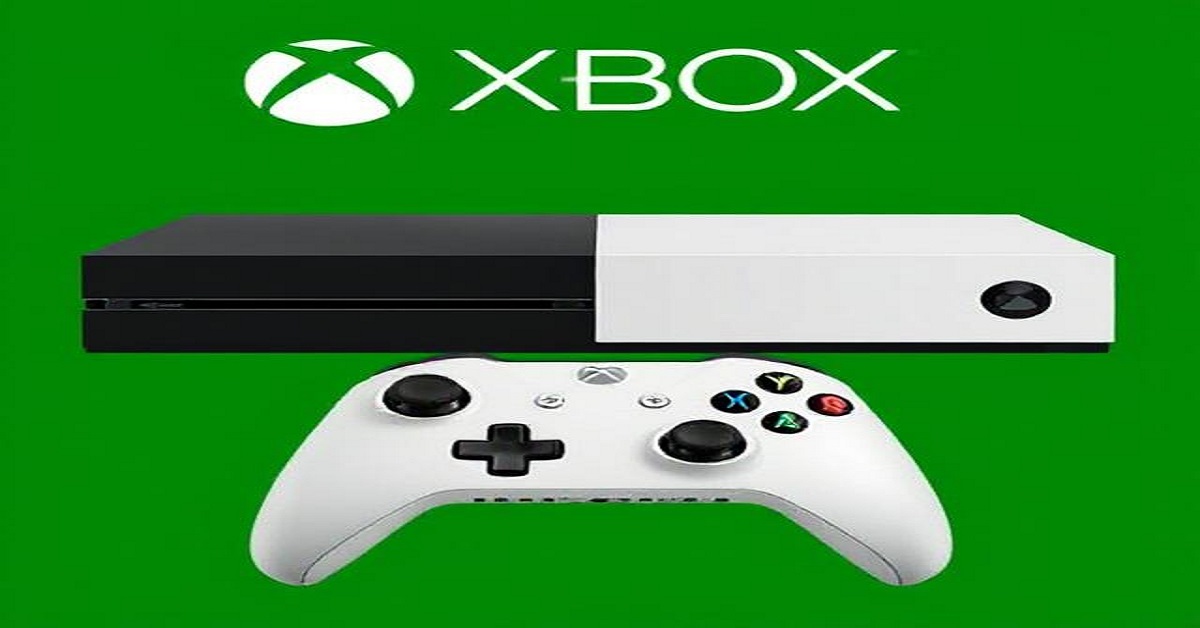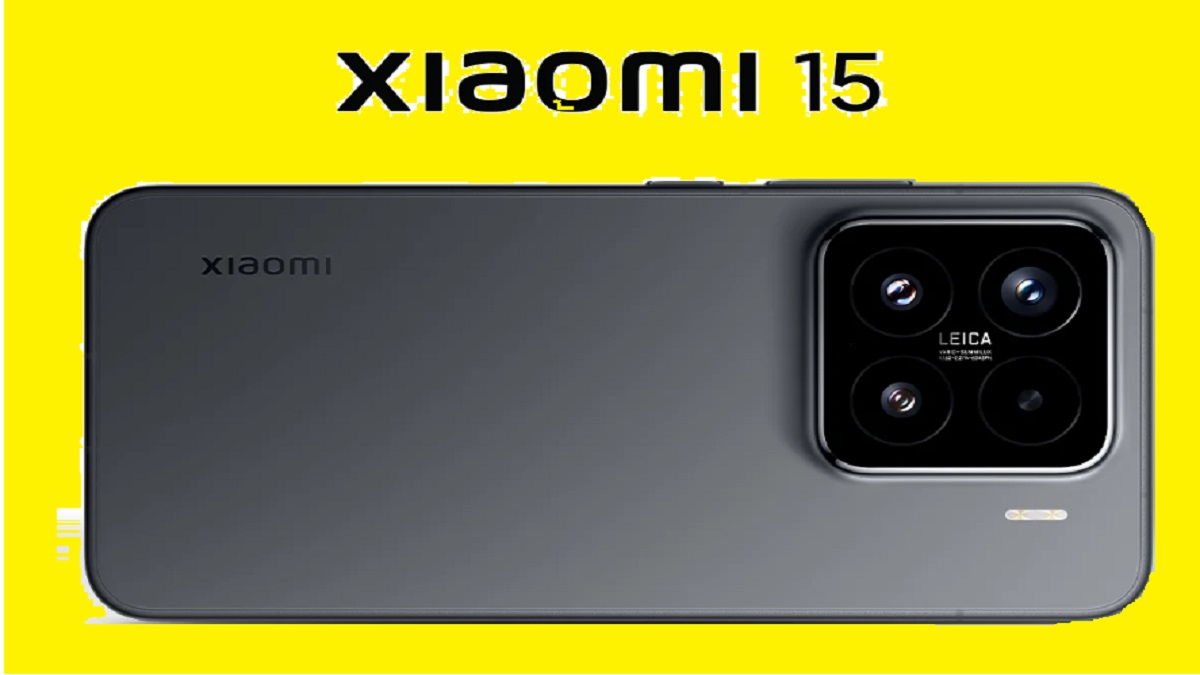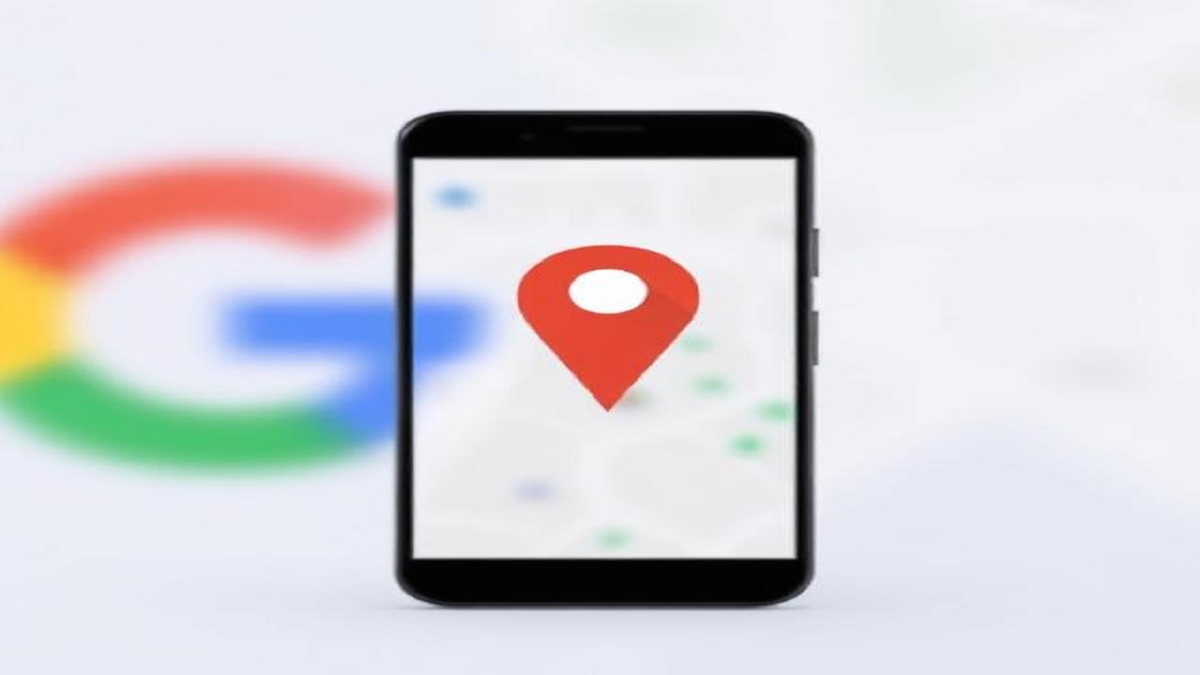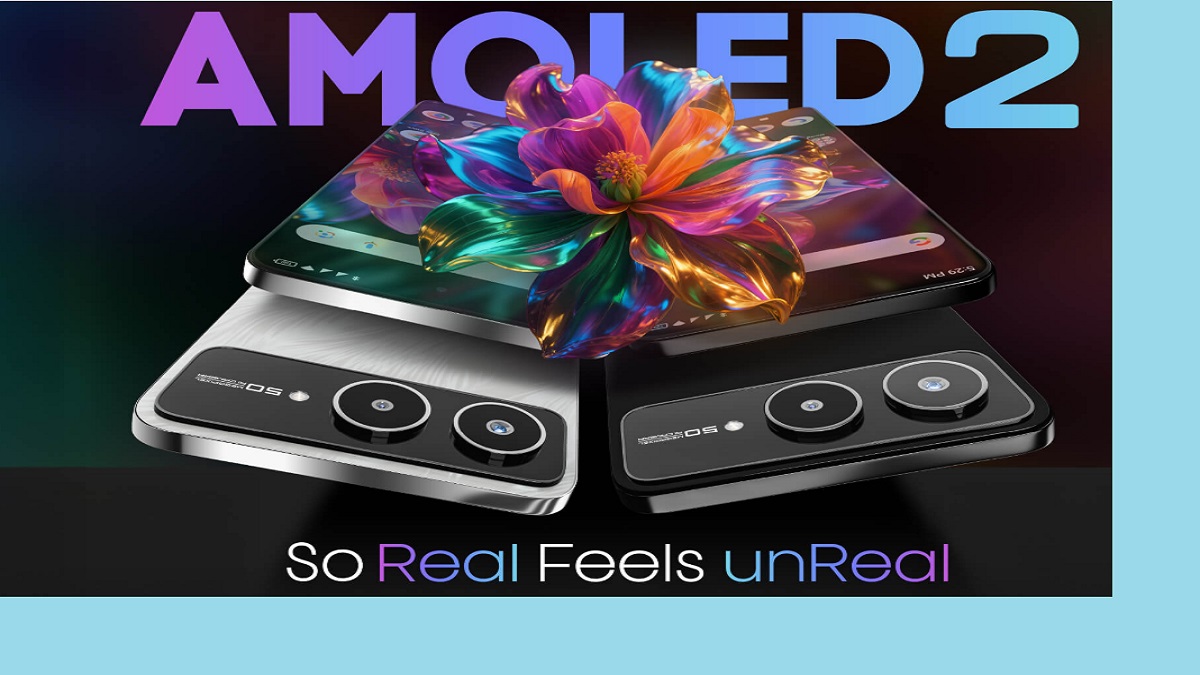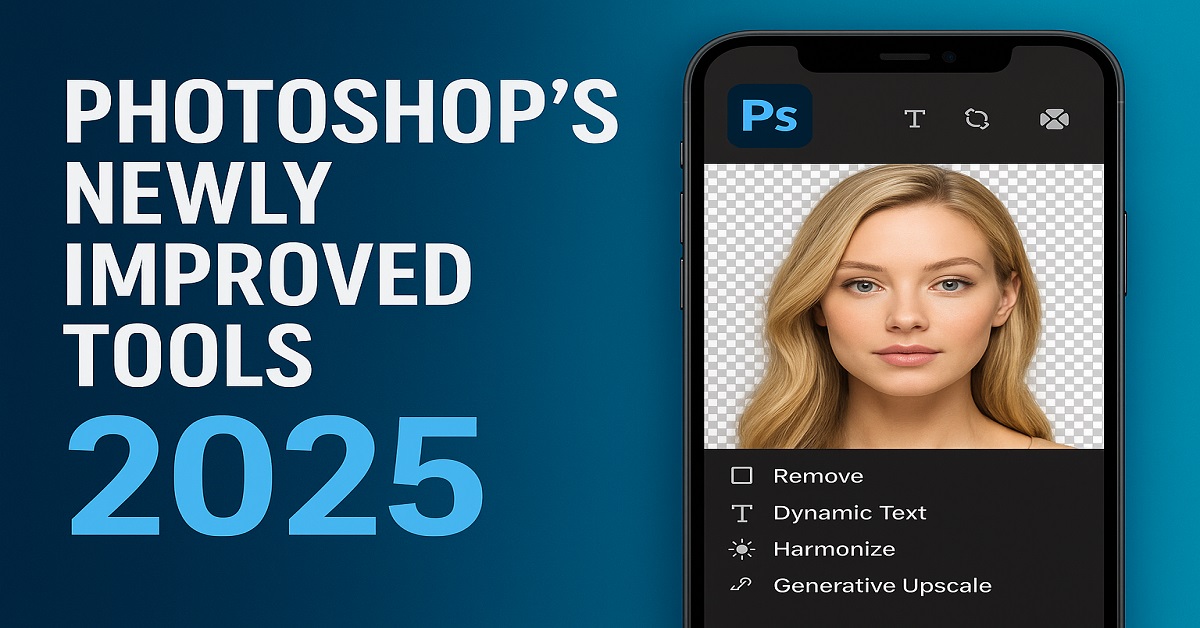Microsoft is poised to redefine console gaming with its ambitious plans for a new generation of hardware — and we’re seeing strong hints that a handheld console is currently in the works alongside its flagship platform. At a time when the industry is experiencing a dramatic transformation, with handhelds, game subscriptions, and powerful, all-digital hardware reshaping the market, we’re analyzing everything we know about Microsoft’s future direction.
Evidence for a Handheld Xbox Experience
Microsoft’s The most significant indicator that Microsoft is developing a handheld console comes from internal documents and comments by high-profile Xbox executives. According to files recently made public and conversations from team members, there’s a strong push toward designing a portable experience alongside their main console. This move would enable Microsoft to bring their ecosystem directly into players’ hands, much in the way that the Nintendo Switch or Steam Deck enable fully functional gaming on the go.
We’re expecting this handheld to be optimized for both game streaming and native gaming, with powerful processors, high-resolution displays, and a form factor designed for long sessions without discomfort. Our understanding is that the handheld will be a key component of Microsoft’s growing ecosystem — a way for players to connect to their games, their friends, and their media from virtually anywhere.
The Next-Gen Xbox Series Console — What We Currently Gather
While much of the spotlight falls upon the handheld, we shouldn’t ignore the fact that Microsoft’s flagship console is also underway — a platform designed to outperform its predecessor, the Xbox Series X|S. The new console is expected to be powered by state-of-the-art silicon, featuring a custom chip designed by Microsoft in collaboration with AMD.
This chip will enable higher frame rates, greater ray-tracing capabilities, realistic lighting, and texture details that previously were unreachable on previous hardware. Our sources indicate a dramatic leap forward in processing power — a minimum twice the performance of the Series X — alongside faster storage and greater RAM. All this points toward a console designed to handle the most ambitious games for years to come.
Enhanced Backward Compatibility and Cloud Gaming Integration
Microsoft’s team is placing a heavy emphasis on backward compatibility with previous console generations — a feature their players appreciate — alongside enhancing their ability to stream games directly from the cloud. This combination lets players retain their extensive game libraries while accessing a growing range of titles remotely.
We know the new platform will enable project xCloud (Microsoft’s game streaming service) at a much higher fidelity, with lower latency and greater stability. This will enable players to experience their games across multiple devices — whether at home or on the move — without needing to compromise on performance or visual fidelity.
Design Philosophy: Size, Cooling, Storage, and Connection
One major consideration for both the handheld and console is keeping them compact while retaining strong performance. According to our sources, the handheld will be designed with efficiency in mind — employing custom chip design, a sophisticated thermal solution, and a form factor akin to the Steam Deck or Nintendo Switch.
Meanwhile, the flagship console will be remarkably powerful yet compact, employing advanced airflow and liquid-cooling mechanisms alongside high-speed storage (PCIe Gen 5) and extensive I/O (USB-C, DisplayPort, and high-bandwidth ethernet). Storage expansion will remain a key feature, with proprietary modules for adding additional high-speed space when needed.
Developer Support and Gaming Experience
Microsoft is working closely with its first-party studios and third-party partners to maximize the capabilities of its new hardware. This includes enhancing game engines for ray-tracing, employing new rendering techniques, and optimizing games for high refresh rates — up to 120fps and even 240fps — in supported titles.
Developers will appreciate Microsoft’s extensive toolset, powerful SDKs, and forward-thinking architecture, which enable them to bring their creative visions to life without compromise. The platform will be designed to handle open-world games, cinematic stories, fast-paced shooters, and large-scale multiplayer worlds with ease.
Release Timeline and Market Expectations
While Microsoft has yet to reveal a definitive launch window, our understanding is that the new console and handheld are slated for release sometime in 2025. This lines up with the industry’s typical console lifecycle of 7–8 years. The handheld may debut alongside or slightly after the flagship console, adding a convenient option for players who wish to experience their games on the go.
Some industry analysts anticipate a price range that is competitive with the current generation’s pricing, with the handheld sitting at a lower price point and the flagship console retaining its premium pricing. This pricing strategy should enable Microsoft to reach both hardcore gamers and a more casual, mass market.
Microsoft’s Overall Strategy for the Future of Gaming
Microsoft’s forward-thinking approach signals its intent to enable seamless gaming across multiple platforms and form factors — a strategy that resonates profoundly in today’s landscape. We view their handheld and flagship console as two crucial components in a greater ecosystem powered by Xbox Live, Game Pass, Cloud Gaming, and strong first-party studios.
This ecosystem lets players connect with their games, friends, and media from virtually anywhere — whether from their living room or their daily commutes — adding depth and adaptability to their gaming routines.
Conclusion: A Transformative Era for Microsoft’s Gaming Platform
Microsoft is building a new era for gaming — one that merges power, portability, and versatility. The next-gen console and handheld platform will enable players to experience their games with greater fidelity, creativity, and community interaction. This signals a dramatic transformation for the industry, a transformation we’re eager to see unfold.
As we move forward, we will continue to bring you the most up-to-date information, extensive details, and expert insight into Microsoft’s plans, their innovations, and their growing ecosystem.
